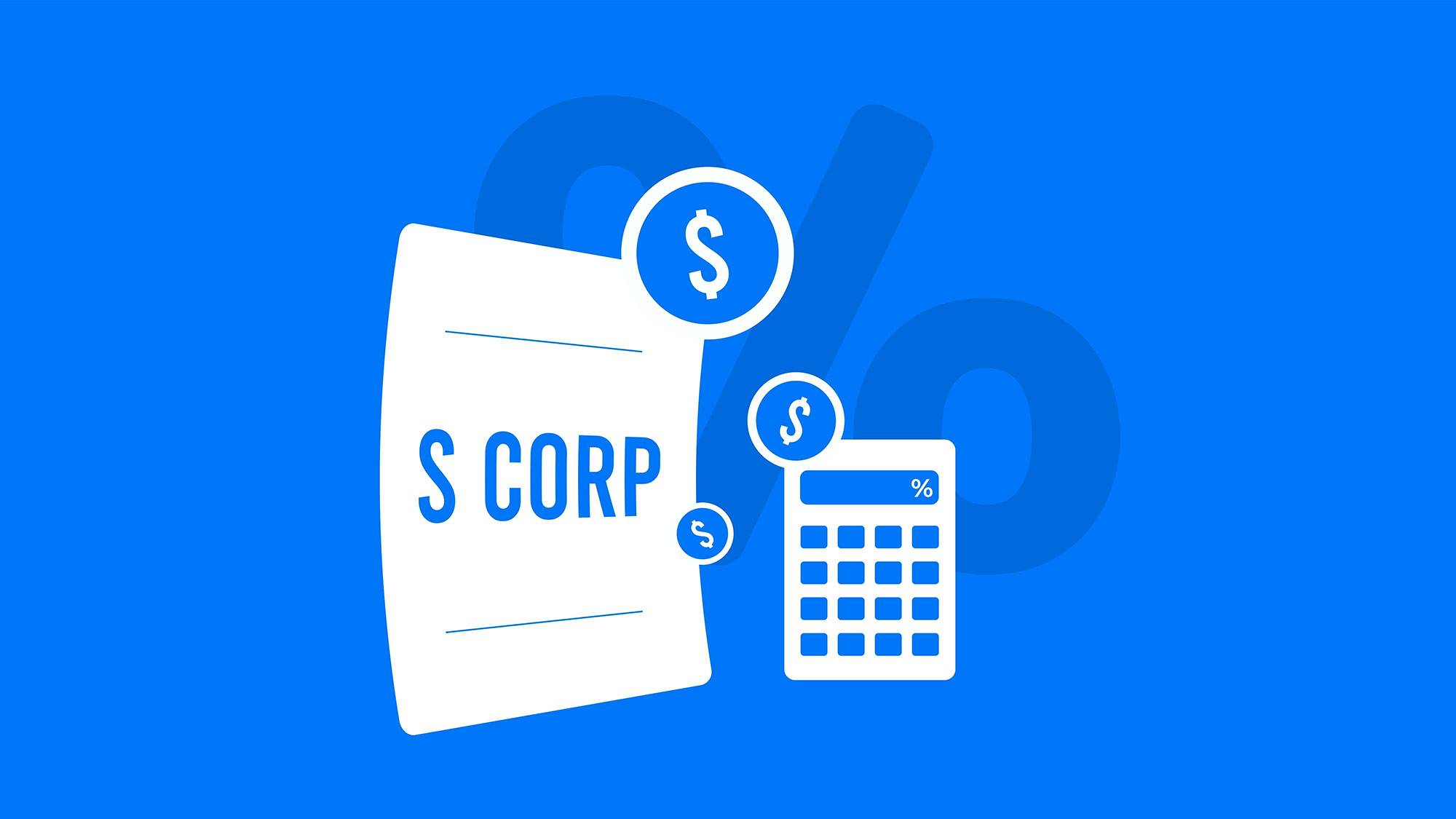Webcast
S Corporations Advanced Topics: Purchase and Sale of an S Corporation
An integral course on the complexities of buying and selling an S corporation.


$196.00
Webcasts are available for viewing Monday – Saturday, 8am – 8pm ET.
Without FlexCast, you must start with enough time to finish. (1 Hr/Credit)
Please fill out the form below and we will reach out as soon as possible.
CPE Credits
4 Credits: Taxes
Course Level
Advanced
Format
Webcast
Course Description
Before taking this course, the prospect of handling the purchase and sale of an S corporation, with its myriad tax implications and complex rules, might seem overwhelming. The differentiation between asset and stock sales, understanding various tax elections, and the complexities of installment sales can be confusing, making you hesitant in advising clients or making strategic decisions.
After completing this S corporation tax CPE course, you will experience a significant shift in your understanding and confidence. We bridge this gap by providing detailed insights into the S corporation transactions through a case study approach with the guidance of Robert Jamison, CPA, PhD. You’ll learn to differentiate between asset and stock deals, calculate the impact of installment sales, and understand the intricacies of special tax elections like Section 338(h)(10). Furthermore, the taxation CPE course will enable you to comprehend the due diligence required for S corporation stock purchases, making you adept in advising on these transactions. With this newfound expertise, you’ll be able to handle S corporation transactions with confidence, providing valuable insights and strategic guidance to your clients and firm.
Learning Objectives
Upon completion of this course, participants will be able to:
- Comprehend the basic rules of asset and stock sale/purchase transactions;
- Understand the residual method for allocating consideration in an asset transfer;
- Contrast the basis to the purchaser of the assets acquired in an asset deal and a stock deal;
- Calculate the effects of an installment sale on the timing of gain recognized by the corporation and the selling shareholders;
- Determine the treatment of a covenant not to compete, on the purchaser and the seller;
- Calculate the effects of a AAA bypass election and a complete liquidation of the target corporation;
- Understand the implications of the Section 338(h)(10) election, the Section 336(e) election and the Type F reorganization;
- Prepare forms for the Section 338(h)(10) and Qualified Subchapter S Subsidiary elections;
- Calculate the effects of these options on the purchasers and sellers of an S corporation; and
- Comprehend the due diligence concerns for the purchaser of S corporation stock.
Course Specifics
WC1823336723
July 7, 2025
Experience with S Corporations
None
Compliance Information
IRS Provider Number: 0MYXB
IRS Course Number: 0MYXB-T-02623-24-O
IRS Federal Tax Law Credits: 4
CTEC Course Number: 2071-CE-01923
CTEC Federal Tax Law Credits: 4
CFP Notice: Not all courses that qualify for CFP® credit are registered by Western CPE. If a course does not have a CFP registration number in the compliance section, the continuing education will need to be individually reported with the CFP Board. For more information on the reporting process, required documentation, processing fee, etc., contact the CFP Board. CFP Professionals must take each course in it’s entirety, the CFP Board DOES NOT accept partial credits for courses.
CTEC Notice: California Tax Education Council DOES NOT allow partial credit, course must be taken in entirety. Western CPE has been approved by the California Tax Education Council to offer continuing education courses that count as credit towards the annual “continuing education” requirement imposed by the State of California for CTEC Registered Tax Preparers. A listing of additional requirements to register as a tax preparer may be obtained by contacting CTEC at P.O. Box 2890, Sacramento, CA, 95812-2890, by phone toll-free at (877) 850-2832, or on the Internet at www.ctec.org.
Meet The Experts

Robert “Bob” W. Jamison, CPA, Ph.D., is Professor Emeritus of Accounting at Indiana University, Purdue University, Indianapolis (IUPUI). His principal area of specialization is S Corporations. He is the sole author of S Corporation Taxation, and co-author of Multistate Tax Guide to Pass-Through Entities, both of which are published annually by CCH, a Wolters Kluwer business. He is the author of the 2022 edition of Essentials of Federal Income Taxation, published annually by CCH, a Wolters Kluwer business. Bob is a well-known author and speaker on S Corporations. He is curator of Wolters Kluwer Answerconnect Topic “S Corporations” and subtopics …
Related Courses
-
 Taxes
Taxes
2024 Federal Tax Update (Complete Edition)
Mark Seid, EA, CPA, USTCP & Sharon Kreider, CPA Webcast
Credits: 16 $784.00
Webcast
Credits: 16 $784.00$784.00Original price was: $784.00.$509.00Current price is: $509.00. -
 Taxes
Taxes
The Life Cycle of a Revocable Living Trust
Alice Orzechowski, CPA, CMA, EA Webcast
Credits: 2 $98.00
Webcast
Credits: 2 $98.00$98.00
-
 Taxes
Taxes
Rental Properties, with Deep Dive into Short-term Rentals
A.J. Reynolds, EA Webcast
Credits: 2 $98.00
Webcast
Credits: 2 $98.00$98.00
